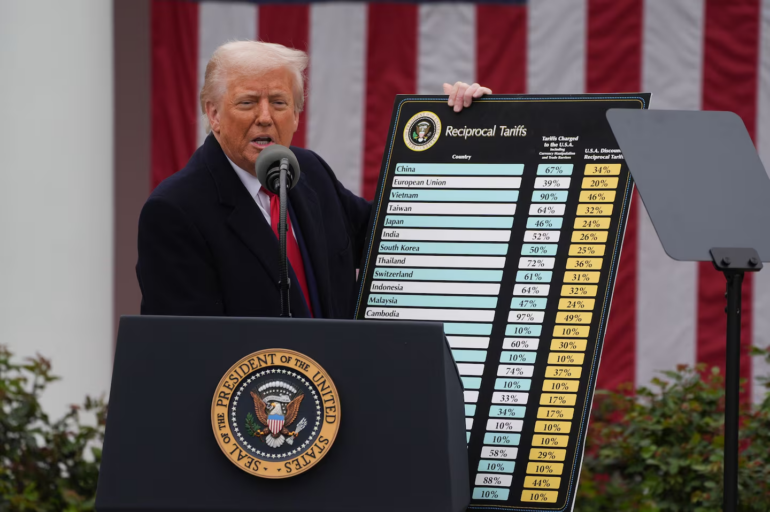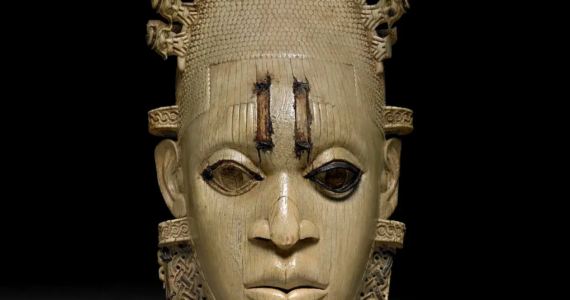In April 2025, President Donald Trump announced a series of tariffs aimed at addressing trade imbalances and encouraging domestic manufacturing. These measures include a baseline 10% tariff on all imports to the United States, with higher rates imposed on approximately 60 countries and territories. The implementation of these tariffs has raised significant concerns for economies in both the Caribbean and Africa, regions that rely heavily on exports to the U.S.
Impact on Caribbean Nations
The Caribbean comprises 13 independent island nations, many of which are heavily dependent on trade with the United States. Under the new tariff regime, several of these nations are subjected to the baseline 10% tariff:
- Antigua and Barbuda
- Bahamas
- Barbados
- Dominica
- Grenada
- Haiti
- Saint Kitts and Nevis
- Saint Lucia
- Saint Vincent and the Grenadines
Notably, Guyana faces a higher tariff of 38%, which could significantly impact its export sectors. This means that out of the 13 independent Caribbean island nations, at least 9 are directly affected by the new tariffs. The increased tariffs threaten key industries such as agriculture and manufacturing, potentially leading to job losses and economic instability. For instance, Grenada’s nutmeg exports, a significant contributor to its economy, may become less competitive in the U.S. market, affecting local farmers and export revenues.
Regional leaders have expressed deep concern over these developments. Antigua and Barbuda’s Prime Minister, Gaston Browne, described the tariffs as the “largest threat” to the Caribbean region, emphasizing the potential for increased costs and economic hardship. Similarly, the Bahamas Chamber of Commerce and Employers Confederation labeled the tariffs as “very bad news,” warning of likely price increases for multiple goods.
Impact on African Nations
In Africa, several countries are facing substantial tariffs that could have severe economic repercussions:
- Lesotho: 50% tariff
- Madagascar: 47% tariff
- Botswana: 37% tariff
- South Africa: 30% tariff
- Angola: 32% tariff
- Nigeria: 14% tariff
- Ghana: 10% tariff
- Kenya: 10% tariff
- Egypt: 10% tariff
- Morocco: 10% tariff
These tariffs pose significant threats to various sectors. For example, South Africa’s citrus industry, which exports over 6.5 million cartons annually to the U.S., faces a 31% tariff. This increase could jeopardize approximately 35,000 jobs and the economies of rural towns reliant on citrus exports. Similarly, Lesotho’s textile industry, a major employer in the country, is at risk due to the steep 50% tariff.
Furthermore, these tariffs effectively nullify the benefits African countries previously enjoyed under the African Growth and Opportunity Act (AGOA), which granted duty-free access to the U.S. market. South African officials have noted that the tariffs cancel out AGOA’s advantages, prompting considerations for diversifying export markets.
Conclusion
The 2025 tariff measures introduced by the Trump administration have introduced significant economic challenges for both Caribbean and African nations. With at least 9 out of 13 independent Caribbean island nations and numerous African countries directly affected, the potential for economic instability and job losses is substantial. These developments underscore the importance of diplomatic engagement and the exploration of alternative markets to mitigate the adverse effects of the tariffs.
What do you think about Trump’s 2025 tariffs and how they’re affecting global trade? Drop your thoughts in the comments and follow us for more updates. 🌍📉
Follow MEFeater on Twitter, Instagram, Facebook, and Pinterest for more fashion, music, and culture content.










